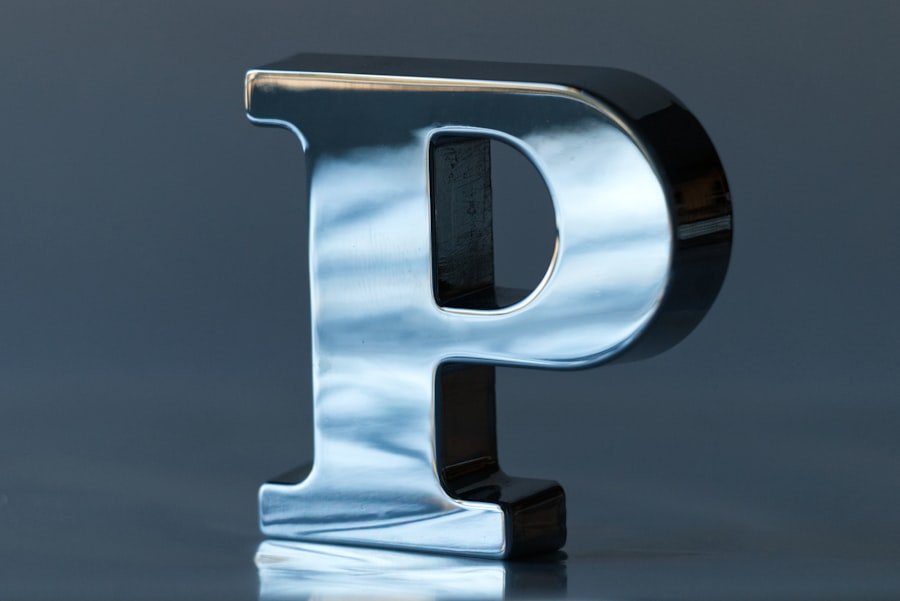The Norwegian alphabet is the writing system used to represent the Norwegian language. It is based on the Latin alphabet and consists of 29 letters, including three additional characters: Æ, Ø, and Å. The Norwegian alphabet plays a crucial role in the preservation and communication of the Norwegian language, which is spoken by approximately 5 million people worldwide. Understanding the historical background, pronunciation rules, and unique features of the Norwegian alphabet is essential for anyone interested in learning or studying the Norwegian language.
Historical Background of the Norwegian Alphabet
The origins of the Norwegian alphabet can be traced back to the runic alphabets used by the Vikings during the Viking Age. These runic alphabets were primarily used for inscriptions on stones, wood, and other materials. Over time, as Christianity spread throughout Norway, the Latin alphabet began to replace the runic alphabets for writing purposes.
Influences from other languages and writing systems also played a significant role in shaping the Norwegian alphabet. The Danish language had a strong influence on Norwegian due to Denmark’s political dominance over Norway during certain periods of history. As a result, many Danish words and spellings were adopted into the Norwegian language.
Differences between the Norwegian Alphabet and Other Latin Alphabets
The Norwegian alphabet shares many similarities with other Latin alphabets used in Scandinavian and Germanic languages. However, there are also some unique letters and sounds that are specific to Norwegian.
One of the distinct features of the Norwegian alphabet is the presence of three additional letters: Æ, Ø, and Å. These letters represent specific vowel sounds that are not found in other Latin alphabets. The letter Æ represents a sound similar to “ai” in English words like “bait,” while Ø represents a sound similar to “uh” in English words like “burn.” The letter Å represents a sound similar to “aw” in English words like “saw.”
Pronunciation Rules of the Norwegian Alphabet
The Norwegian alphabet has specific pronunciation rules for both vowels and consonants. Understanding these rules is essential for accurately pronouncing Norwegian words.
In Norwegian, vowels can have different sounds depending on their position in a word and the surrounding letters. For example, the letter A can be pronounced as “ah” in words like “hav” (ocean) and “fattig” (poor), or as “aw” in words like “barn” (child) and “far” (father).
Consonants in Norwegian also have specific pronunciation rules. For example, the letter D is pronounced as a soft “d” sound at the beginning of a word, but as a soft “th” sound in the middle or at the end of a word. This is similar to the pronunciation of the letter “th” in English words like “that” and “this.”
Vowels and Consonants in the Norwegian Alphabet
The Norwegian alphabet consists of 29 letters, including 9 vowels and 20 consonants. Each letter has its own unique sound and pronunciation.
The vowels in the Norwegian alphabet are A, E, I, O, U, Y, Æ, Ø, and Å. The consonants are B, C, D, F, G, H, J, K, L, M, N, P, Q, R, S, T, V, W, X, and Z.
For example, the letter A is pronounced as “ah” in words like “hav” (ocean) and “fattig” (poor). The letter E is pronounced as a short “eh” sound in words like “hest” (horse) and as a long “ee” sound in words like “lese” (read). The letter I is pronounced as a short “ih” sound in words like “bil” (car) and as a long “ee” sound in words like “tid” (time).
Special Characters and Symbols in the Norwegian Alphabet

In addition to the 29 letters, the Norwegian alphabet also includes special characters and symbols that are used to modify the pronunciation or meaning of words.
Diacritical marks, such as the acute accent (´) and the grave accent (`), are used to indicate stress or emphasis on certain syllables in Norwegian words. For example, the word “båt” (boat) is pronounced with a stressed “å” sound, while the word “bat” (bat) is pronounced with an unstressed “a” sound.
Punctuation marks, such as the comma (,), period (.), question mark (?), and exclamation mark (!), are used in Norwegian writing to indicate pauses, sentence endings, and emphasis. These punctuation marks follow similar rules to those used in other Latin alphabets.
Writing and Formatting Rules for the Norwegian Alphabet
When writing or typing Norwegian text, there are specific guidelines for capitalization, spacing, and punctuation that should be followed.
In Norwegian, proper nouns and the first word of a sentence are capitalized. However, unlike English, other common nouns are not capitalized unless they are part of a title or heading.
Spacing rules in Norwegian are similar to those in English. Words are separated by spaces, and sentences are separated by periods. Commas are used to separate items in a list or to indicate pauses within a sentence.
Usage and Geographic Distribution of the Norwegian Alphabet
The Norwegian alphabet is primarily used in Norway, where it is the official language. However, Norwegian is also spoken by communities in other countries, such as Sweden, Denmark, and the United States.
In Norway, the Norwegian alphabet is used in various forms of communication, including literature, media, and education. Norwegian literature has a rich history, with many famous authors and poets writing in the Norwegian language. Norwegian newspapers, magazines, and websites also use the Norwegian alphabet to convey news and information to readers.
Cultural Significance and Influence of the Norwegian Alphabet
The Norwegian alphabet plays a significant role in Norwegian culture and history. The Norwegian language is closely tied to the country’s identity and is an important part of its cultural heritage.
Norwegian has also had an influence on other languages and cultures. The Vikings, who spoke Old Norse, spread their language and culture throughout Europe during the Viking Age. Many English words have their roots in Old Norse, such as “sky,” “window,” and “law.”
Modernization and Development Trends of the Norwegian Alphabet
In recent years, there have been some changes and updates to the Norwegian alphabet to better reflect the pronunciation of words. For example, the letter C is no longer used in native Norwegian words and has been replaced by K or S.
There are also ongoing discussions about simplifying the spelling of certain words to make them easier to learn and understand. These changes aim to make the Norwegian language more accessible to learners and speakers.
Learning Methods and Resources for the Norwegian Alphabet
Learning the pronunciation and spelling of the Norwegian alphabet can be challenging for non-native speakers. However, there are various methods and resources available to help with learning.
Language courses, both online and in-person, can provide structured lessons and practice exercises for learning the Norwegian alphabet. Language exchange programs or conversation partners can also be helpful for practicing pronunciation with native speakers.
There are also many online resources, such as websites, apps, and videos, that provide interactive lessons and exercises for learning the Norwegian alphabet. These resources often include audio recordings of native speakers pronouncing words to help learners improve their pronunciation skills.
The Norwegian alphabet is a vital component of the Norwegian language and plays a crucial role in preserving and communicating the Norwegian culture and heritage. Understanding the historical background, pronunciation rules, and unique features of the Norwegian alphabet is essential for anyone interested in learning or studying the Norwegian language. By studying the Norwegian alphabet, learners can gain a deeper appreciation for the language and its cultural significance.
请阅读关于挪威字母表的字母的相关文章。这篇文章介绍了挪威语节日和庆典词汇的12个重要字母。你可以点击这里阅读该文章。此外,你还可以查看关于挪威语时间和日期词汇的10个时间表达的文章,点击这里。最后,你还可以了解关于挪威语自然景观词汇的10个自然奇观,点击这里阅读更多。
FAQs
什么是挪威字母表?
挪威字母表是挪威语中使用的字母表,由29个字母组成。
挪威字母表中有哪些字母?
挪威字母表中包括26个拉丁字母,以及三个额外的字母:Æ、Ø和Å。
挪威字母表的字母有什么特点?
挪威字母表中的字母与英语字母表相似,但有三个额外的字母。Æ、Ø和Å是挪威语中独有的字母,分别发音为/æ/、/ø/和/o:/。
挪威字母表的字母如何发音?
挪威字母表中的字母发音与英语字母表中的字母发音有些不同。例如,字母C在挪威语中发音为/s/,而不是/k/。
挪威字母表的字母在哪些国家使用?
挪威字母表主要在挪威和丹麦使用,也在瑞典、芬兰和冰岛等国家的少数民族语言中使用。


